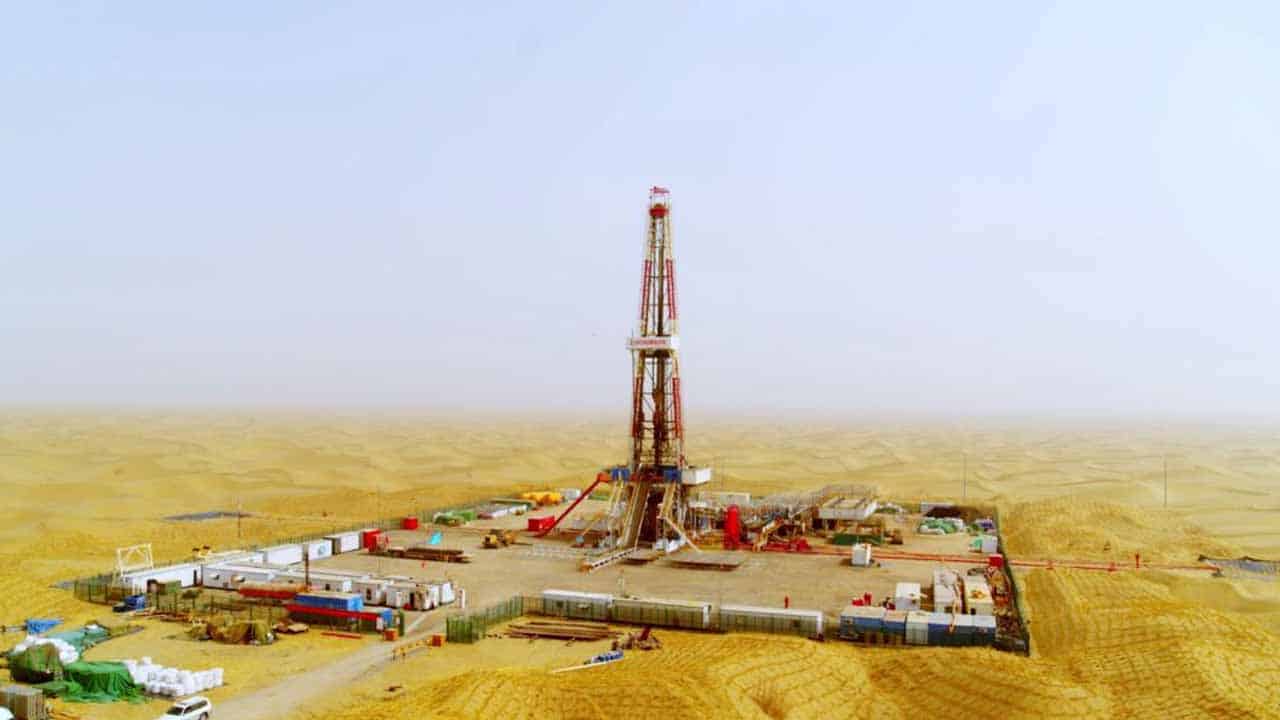Sinopec, the Chinese energy giant, has reportedly initiated drilling in the Tarim Basin, located northwest of Xinjiang, to create Asia’s deepest oil well.
The drilling operation, known as the Yuejin 3-3 well, aims to reach an impressive depth of 9,472 meters, marking a significant milestone in the exploration of oil and gas in ultra-deep areas. This project is part of Sinopec’s Deep Earth drilling initiative and is expected to contribute to the country’s efforts in boosting crude oil production.
The Tarim Basin, with over 60% of China’s onshore ultra-deep oil and gas reserves, is the country’s most abundant basin in terms of petroleum resources.
Exploring the Tarim Basin is particularly challenging due to the oil and gas deposits lying between 6,000 and 10,000 meters below the surface, making it one of China’s most demanding regions for exploration.
Russia’s Z-44 holds the record for one of the deepest oil wells in the world, reaching a depth of nearly 12,000 meters.
Sinopec is utilizing advanced drilling technologies to cope with the extreme heat and pressure encountered at depths exceeding 9 kilometers, as reported by the government-run television network CGTN.
Wang Long, Secretary of the Communist Party of China (CPC) Northwestern oil field committee of Sinopec Research Institute of Petroleum Engineering, stated that through innovative thinking and development, they have achieved breakthroughs in key technologies, resulting in the design, operation, and support of drilling systems in deep and complex environments. The drilling time has significantly reduced from 280 days three years ago to as low as 97 days presently.
The Shendi-1 oil project, which includes the Yuejin 3-3 well, encompasses the Tarim Basin within the Taklamakan Desert, where there are 120 wells deeper than 8,000 meters.
Sinopec aims to complete the drilling process within 170 days, demonstrating their ambition and determination in this endeavor.





